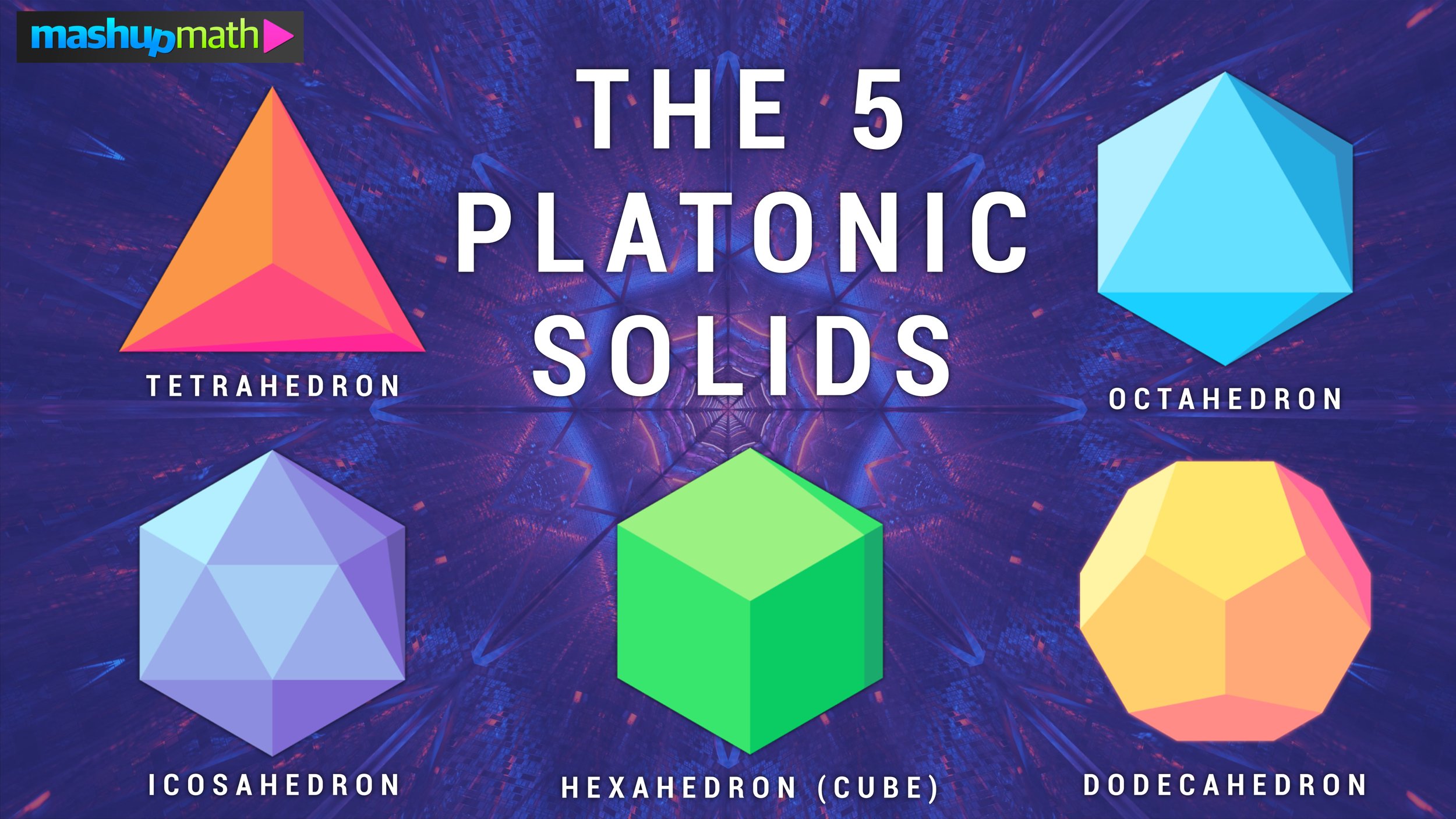Pi Day Activities: Learn about the history of Pi and more fun facts with our free National Pi Day Infographic
Happy Pi Day 2025!
Pi Day 2025 is on March 14th and it’s time to celebrate the most mathematical holiday of the calendar year.
If you're looking for some awesome National Pi Day 2025 activities, check out our infographic that shares interesting National Pi Day fun facts that will blow your mind!
Below, you will find a Happy Pi Day 2025 infographic that shares interesting facts about the history of National Pi Day and some fun facts about pi itself, including…
You can click on the image of the National Pi Day Infographic or you can click here to download a printable pdf version.
Below, you can also find an animated Pi Day Fun Facts Video that accompanies the free infographic.
Looking for some Pi Day humor? Click here to access 11 Super Funny Pi Day jokes for all ages.
Happy Pi Day! When is pi day, what is pi day, and how can you celebrate? (Image: Mashup Math FP)
When is Pi Day 2025?
National Pi Day 2025 will be celebrated on Tuesday March 14th.
Pi Day is celebrated on the 14th of March each and every year. Pi Day is a national holiday that is celebrated in the United States and sometimes also around the world.
When is pi day? National Pi Day is held on March 14th every year. (Image: Mashup Math via Getty Images)
What is Pi Day?
National Pi Day is a mathematical national holiday that celebrates the mathematical symbol 𝝅, which represents the ratio of the circumference of any circle to its diameter. Since this ratio, no matter the size of the circle, always approximates to 3.14, pi is of the most important and interesting mathematical facts, which is why it has its own national holiday.
What is Pi Day? National Pi Day is a mathematical celebration of pi—the ratio of any circle’s circumference to its diameter.
Why is Pi Day Celebrated on March 14th?
Pi Day is celebrated on March 14th every year because the date 3/14 resembles to approximate value of pi, which is 3.14.
Again, pi represents the ratio of any circle’s circumference to its diameter, which always approximately equals 3.14, no matter how large or small a circle may be.
Why is Pi Day celebrated on March 14th?
What year was Pi Day first celebrated?
National Pi Day is a relatively new holiday. It was first celebrated in San Francisco, California, in the United States in 1988.
If you ever visit San Francisco, the Exploratorium Museum has a Pi Shrine that commemorates the founding of Pi Day in the Bay City, along with a Pi Has Your Number exhibit, where you can interact with a touchscreen to explore all of the numbers hidden within the first 3 million digits of pi!
Pi Day was first celebrated in San Francisco in 1988. Photo by Jamie Street on Unsplash
What famous people are born on Pi Day?
There are many famous people born on March 14th—National Pi Day—including world famous astrophysicist Albert Einstein, NBA superstar Steph Curry, and USA Olympic Gold Medalist Simone Biles.
Image: Creative Commons
Image: Creative Commons
Image: Creative Commons
National Pi Day Fun Facts Video
More Math Resources You Will Love:
Tags: pi day, when is pi day, happy pi day, what is pi day, national pi day, pi day activities, when is pi day 2025, happy pi day 2025, national pi day 2025, why is pi day celebrated on march 14, what year was pi day first celebrated, 3.13 pi day, is today pi day































